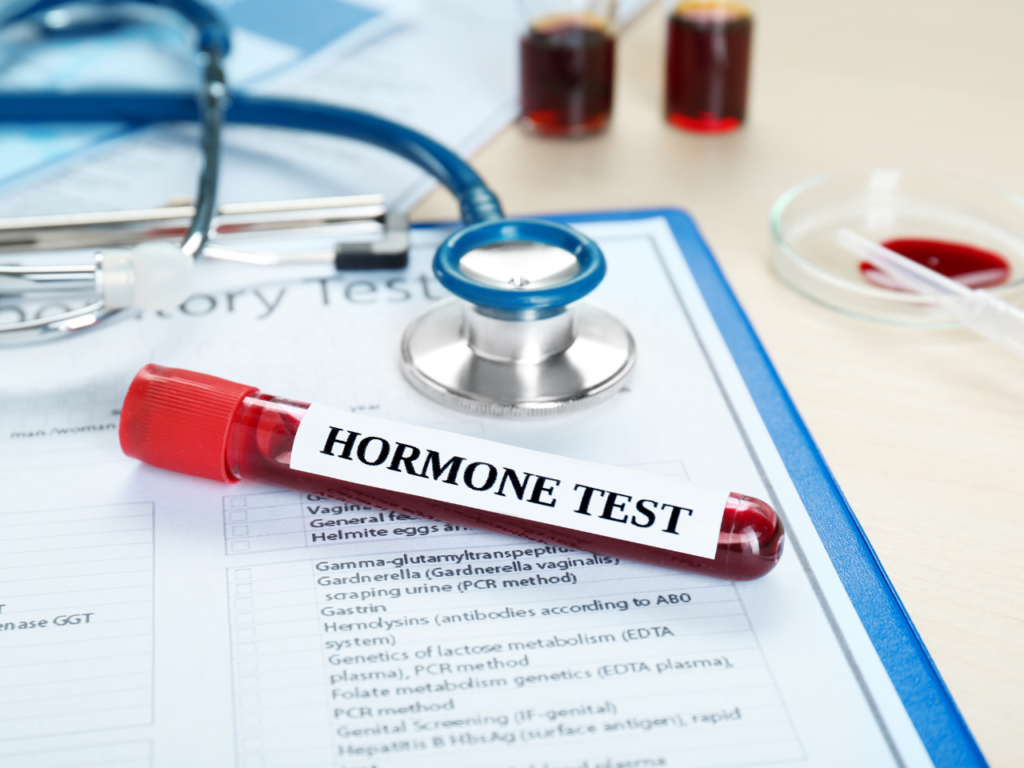Understanding fertility involves various factors, and one crucial component is the Anti-Müllerian Hormone (AMH). This hormone serves as a key indicator of a woman’s ovarian reserve, providing insights into her reproductive potential. In this blog, we’ll delve into what AMH is, its role in female fertility, and why it’s essential for those considering pregnancy.
What Is Anti-Müllerian Hormone (AMH)?
AMH is a hormone produced by the granulosa cells of ovarian follicles. These follicles house immature eggs, and the level of AMH in the blood reflects the number of these developing follicles. Essentially, AMH serves as a marker for the quantity of a woman’s remaining egg supply, known as ovarian reserve .
- Assessing Ovarian Reserve: AMH levels provide an estimate of a woman’s remaining egg supply. Higher AMH levels suggest a greater number of eggs, while lower levels indicate a diminished ovarian reserve .
- Predicting Response to Fertility Treatments: AMH levels can help predict how a woman might respond to fertility treatments like in vitro fertilization (IVF). For instance, women with higher AMH levels may produce more eggs in response to stimulation, potentially increasing the chances of successful fertilization .
- Timing of Menopause: While not a definitive predictor, AMH levels can offer clues about the onset of menopause. Lower AMH levels may indicate that menopause is approaching, although other factors also play a role .

Interpreting AMH Levels
- AMH Levels: May indicate a robust ovarian reserve. However, extremely high levels can be associated with conditions like polycystic ovary syndrome (PCOS), which may affect fertility .
- Low AMH Levels: Suggest a reduced number of remaining eggs, which could make conception more challenging. It’s important to note that low AMH doesn’t mean pregnancy is impossible, but it may require more proactive fertility planning .
Limitations of AMH Testing
While AMH is a valuable tool in assessing fertility, it has limitations:
- Doesn’t Reflect Egg Quality: AMH levels indicate quantity, not quality. A woman may have a high number of eggs, but if the quality is poor, fertility could still be compromised.
- Not a Standalone Indicator: AMH should be considered alongside other tests and factors, such as age, antral follicle count, and overall health, to get a comprehensive view of fertility .
FAQs
AMH levels generally decline with age, reflecting a decrease in ovarian reserve. However, certain factors like hormonal contraceptives can temporarily affect AMH levels.
AMH testing is particularly useful for women considering fertility treatments or those who wish to understand their reproductive timeline better. It’s best to consult with a healthcare provider to determine if AMH testing is appropriate for you.
While lifestyle changes can improve overall reproductive health, they don’t significantly alter AMH levels. However, maintaining a healthy lifestyle can positively impact fertility outcomes.
Conclusion
AMH testing offers valuable insights into a woman’s fertility by estimating her ovarian reserve. Understanding your AMH levels can aid in family planning and inform decisions about fertility treatments. However, it’s essential to interpret these levels within the broader context of overall reproductive health.
If you’re considering fertility evaluation or treatment, consult with a healthcare provider or fertility specialist to discuss AMH testing and what it means for your individual circumstances.



